Copyright © 2025 Jaipur Tuff. All rights reserved.
Curved glass allows designers to make a statement with new construction or retrofits that stand out from the square edges and flat surfaces that make up most facades.
When creating a building, architects might be constrained by the building materials they work with.
Fortunately, when it comes to glass facades and particularly curved glass, those constraints are now beginning to ease. For the last two decades, advances have been made in terms of production processes and glass types, offering tighter radii, increased widths, and larger overall dimensions.
Design creativity can be unleashed in the form of new surfaces, contours and shapes, including conical, spherical and free-form 3D, while corners and edges can be softened into curves.
Over the last few centuries, mirrors have become one of the most important parts of a home. They are essential furnishings and often create focal points. And people get plenty of use out of mirrors – a British study in 2015 showed men checking their appearance in a mirror an average of 23 times a day and women 16 times. Perhaps some of us will be surprised that men look in mirrors more often than women, but we at Jaipur Tuff realize that men often have to look themselves in the mirror and say “what have I done” when they get in trouble with their spouse!
What else makes an antique mirror?
A plate of glass is laid over or inside a curved mould, into which it gradually sinks by gravity alone after being heated to around 1100°F (600°C).
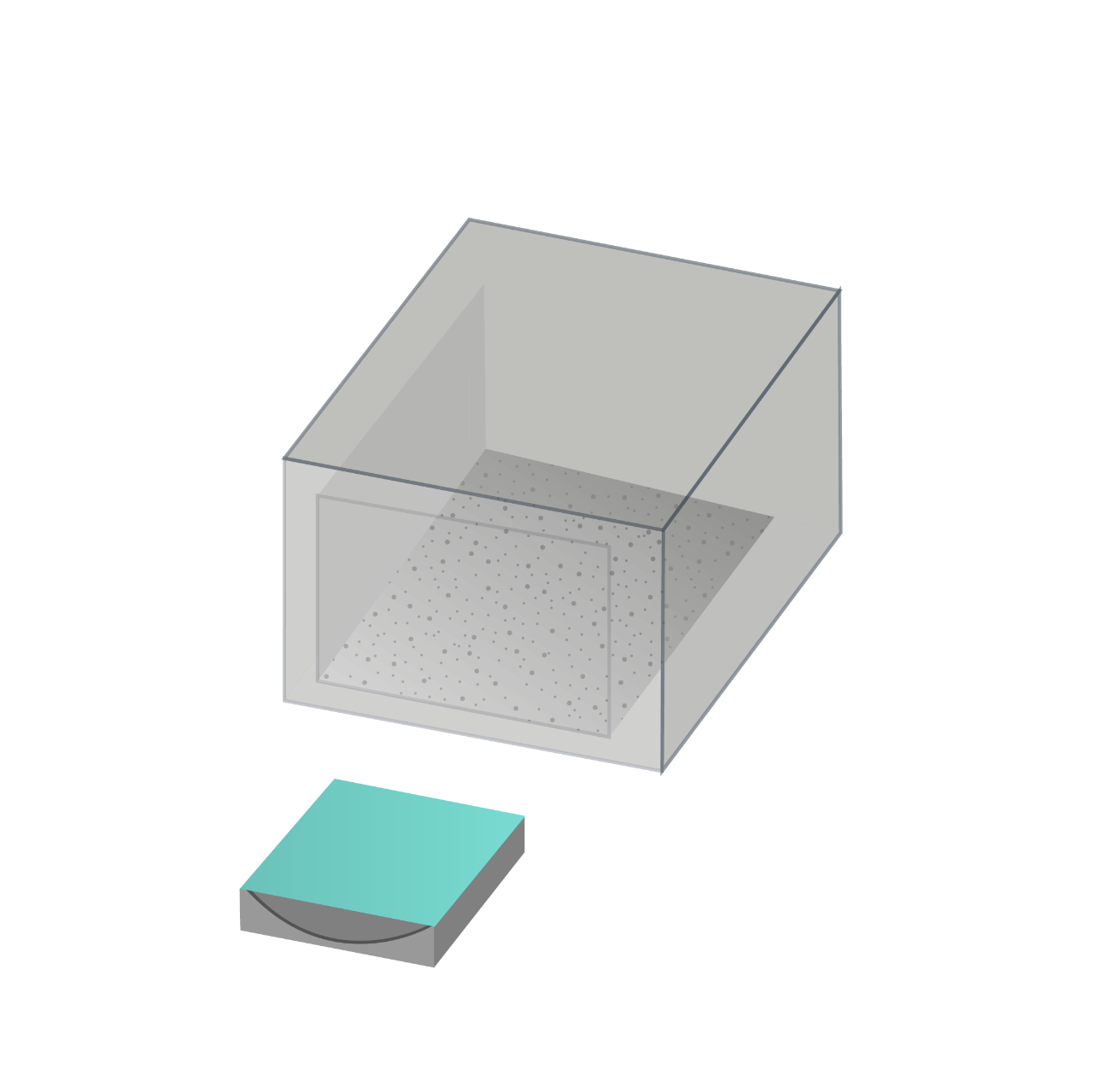
1. The flat glass is placed on the mould

2. The glass is heated up to around 1100°F (600°C)
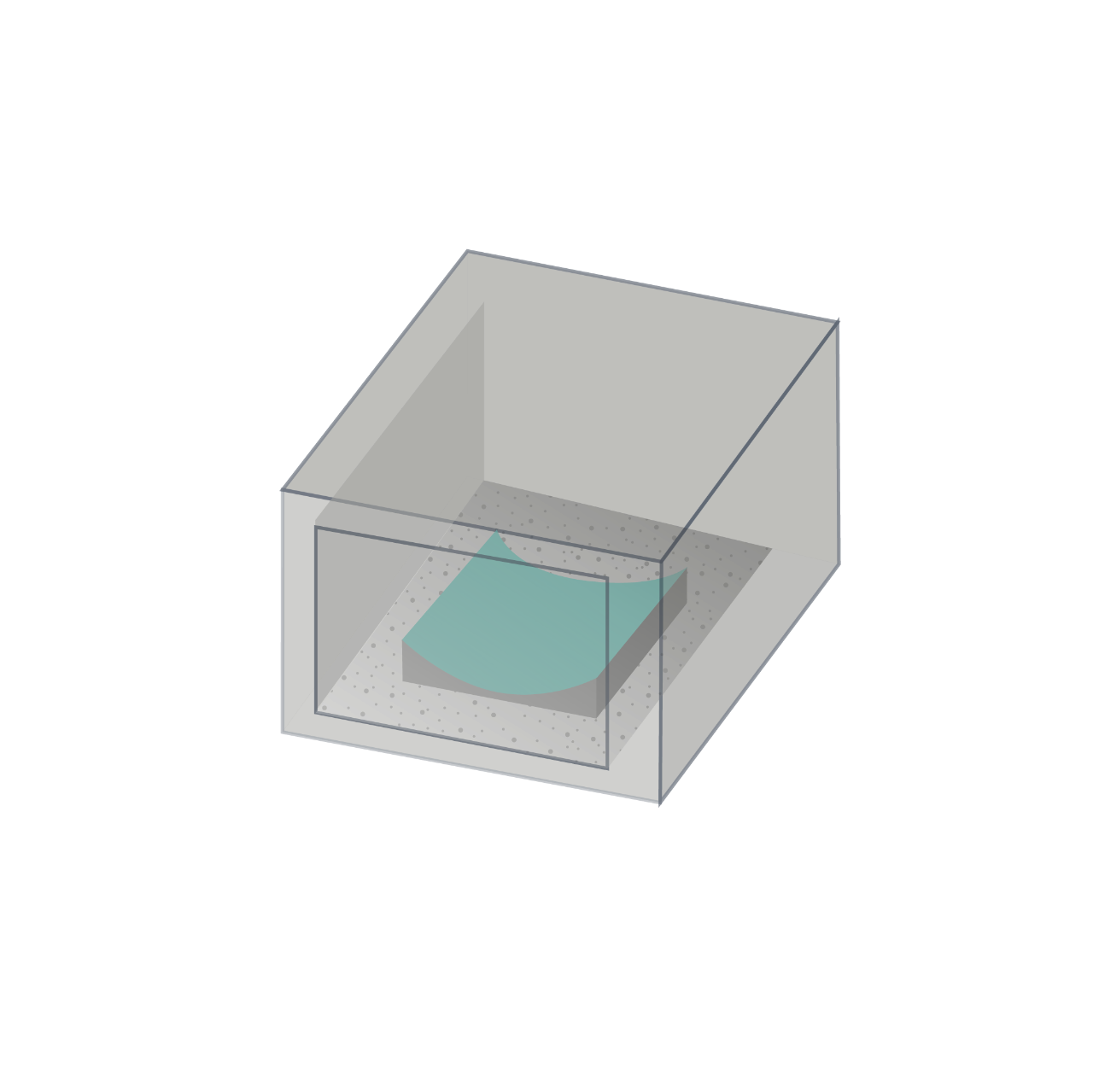
3. The glass sinks by gravity and takes the shape of the mould
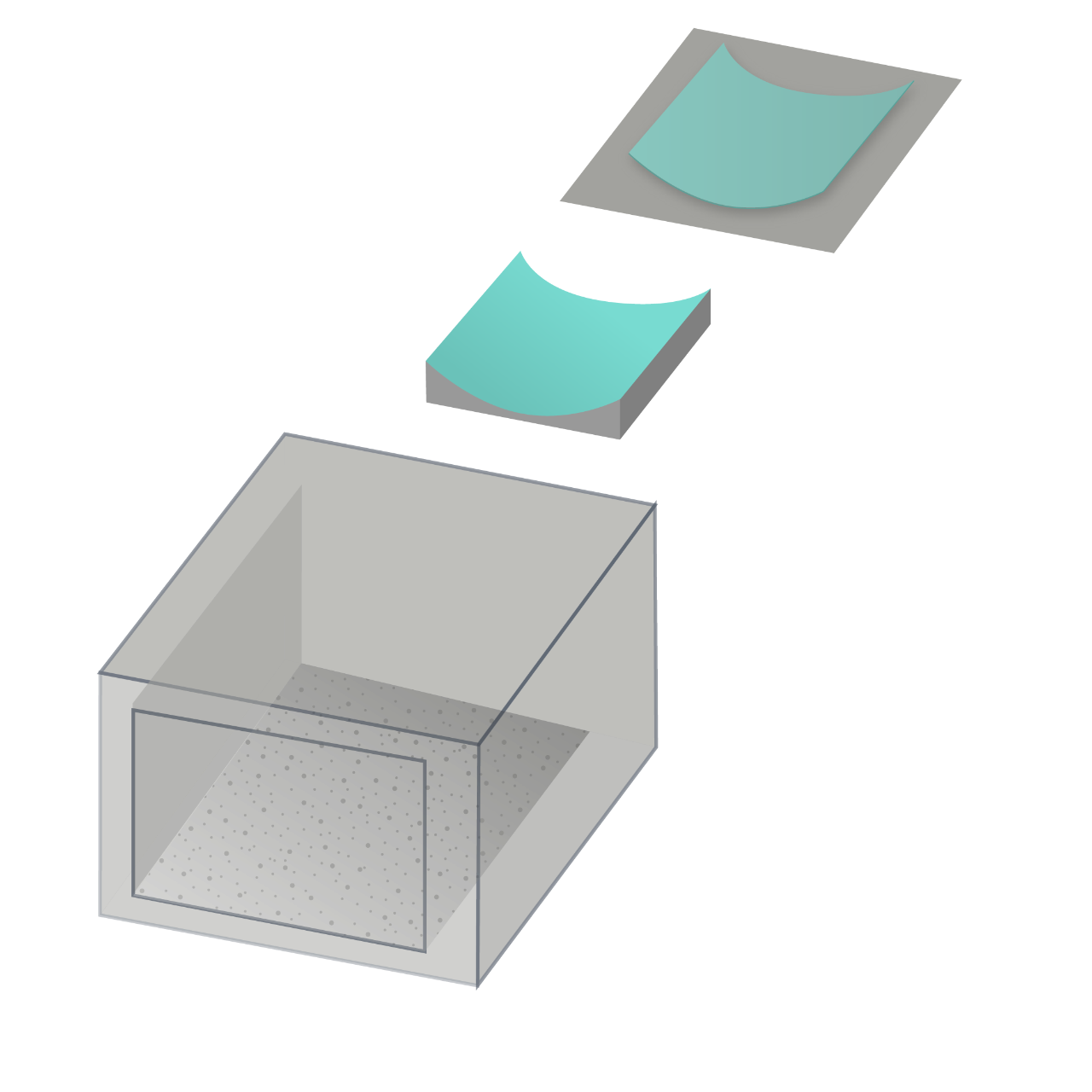
4. The curved glass slowly cools down
This prevents both roller wave distortion and anisotropy, and although tempered, or safety glass cannot be used, laminates can be added to provide safety features. However, it remains a time-consuming process, and coatings must withstand a longer heating period.
When creating a building, architects might be constrained by the building materials they work with.
Fortunately, when it comes to glass facades and particularly curved glass, those constraints are now beginning to ease. For the last two decades, advances have been made in terms of production processes and glass types, offering tighter radii, increased widths, and larger overall dimensions.
Design creativity can be unleashed in the form of new surfaces, contours and shapes, including conical, spherical and free-form 3D, while corners and edges can be softened into curves.
Over the last few centuries, mirrors have become one of the most important parts of a home. They are essential furnishings and often create focal points. And people get plenty of use out of mirrors – a British study in 2015 showed men checking their appearance in a mirror an average of 23 times a day and women 16 times. Perhaps some of us will be surprised that men look in mirrors more often than women, but we at Jaipur Tuff realize that men often have to look themselves in the mirror and say “what have I done” when they get in trouble with their spouse!
What else makes an antique mirror?
An alternative is to bend the glass during heat treatment in a furnace, which either fully tempers or heat-strengthens the glass at the same time. The process is similar to the tempering or heat-strengthening process, the only difference being the presence of a flexible area in the tempering furnace. It is far quicker than the gravity bending process, but it raises the challenge of potential optical distortions, typically created during the heating or rapid quenching/cooling stages. In addition, only concave and cylindrical shapes can be produced when certain coatings are used.
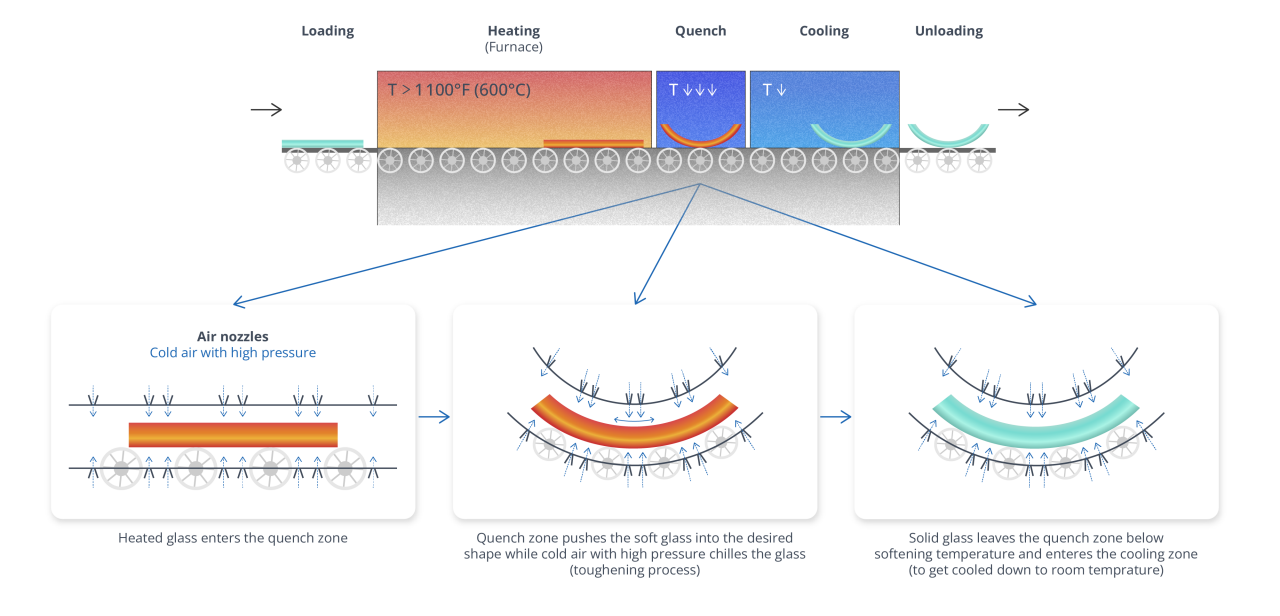
Insulating Glass Units (IGUs) can be cold bent by mechanically capturing an otherwise flat panel within a bent frame or, in close coordination with a structural silicone sealant supplier, structurally bonding the panel to the outside face of the frame.
When the flat panel is forced into an out-of-plane state, the resulting stresses diminish the capacity remaining to resist wind and other service loads. Heat-treated glass is commonly selected for cold bent applications in order to help compensate for this reduction. Nonetheless, cold bending is generally only utilized for mildly out-of-plane geometries, such as those with radii greater than 120 inches (3 meters). Glass, sealant and framing manufacturers should review and approve each application.
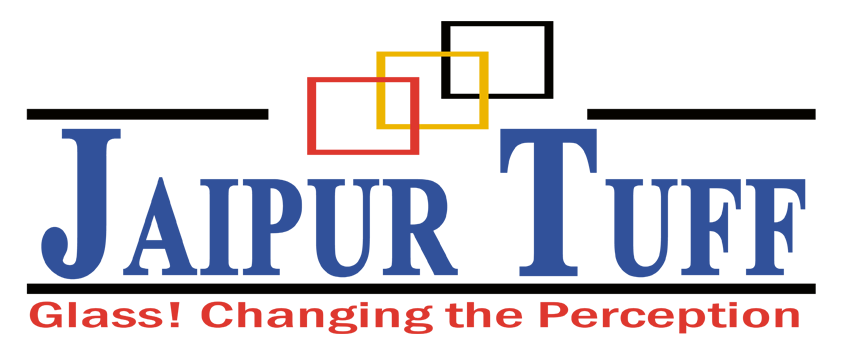
Premier organization renowned for its exceptional expertise and outstanding achievements in the field of manufacturing industrial glass.
Copyright © 2025 Jaipur Tuff. All rights reserved.